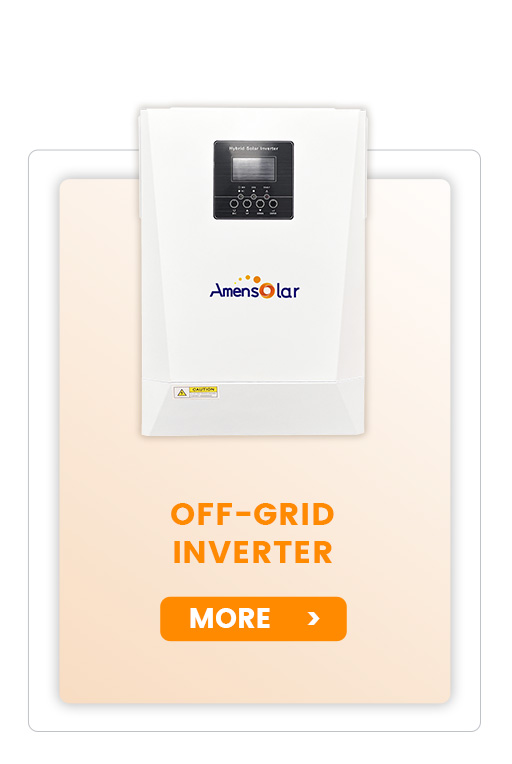As an important electrical equipment within the photovoltaic power generation system, the inverter is equipped with various protection functions, including the following basic protection functions.
(1) DC bus overvoltage protection. The inverter continuously detects the DC bus voltage. When the DC voltage is detected to be higher than 1000 V several times in a row, the inverter disconnects the AC contactor and stops supplying power to the grid.
(2) AC over-voltage and under-voltage protection. The inverter continuously detects the grid voltage. When it detects that the grid voltage exceeds the specified allowable voltage range, the inverter disconnects the AC contactor; if the grid voltage drops within the low voltage crossing allowable range (20%), The low-voltage ride-through function is activated and the inverter alarms and operates. If the grid voltage does not recover within the allowed time of low-voltage ride-through, the inverter disconnects the AC contactor and stops supplying power to the grid.

(3) AC frequency protection. The inverter continuously detects the grid frequency. When it detects that the grid frequency exceeds the specified allowable frequency range, the inverter will disconnect the AC contactor within 0.2 seconds and stop supplying power to the grid.
(4) Polarity reverse protection. When the DC output voltage is lower than 100 V and the program detects that the DC reverse current is greater than about 40 A, the inverter prompts reverse polarity protection and prohibits operation.
(5) Short circuit protection. The inverter continuously detects the grid current. When it detects that the grid current is greater than 1.5 times the rated current, the inverter disconnects the AC contactor and stops supplying power to the grid.
(6) Island effect protection. The inverter uses both passive and active islanding detection algorithms to detect the power grid. Once an islanding phenomenon is detected, the inverter disconnects the AC contactor to separate the inverter from the power grid.
(7) Over-temperature protection. When the temperature sensor detects that the IGBT heat sink temperature exceeds the limit, the inverter opens the AC contactor.
(8) DC overload protection. The inverter continuously detects the DC side input power. When it detects that the DC input power is greater than the limit, the inverter automatically limits the maximum output AC power to a controllable range.
发表回复